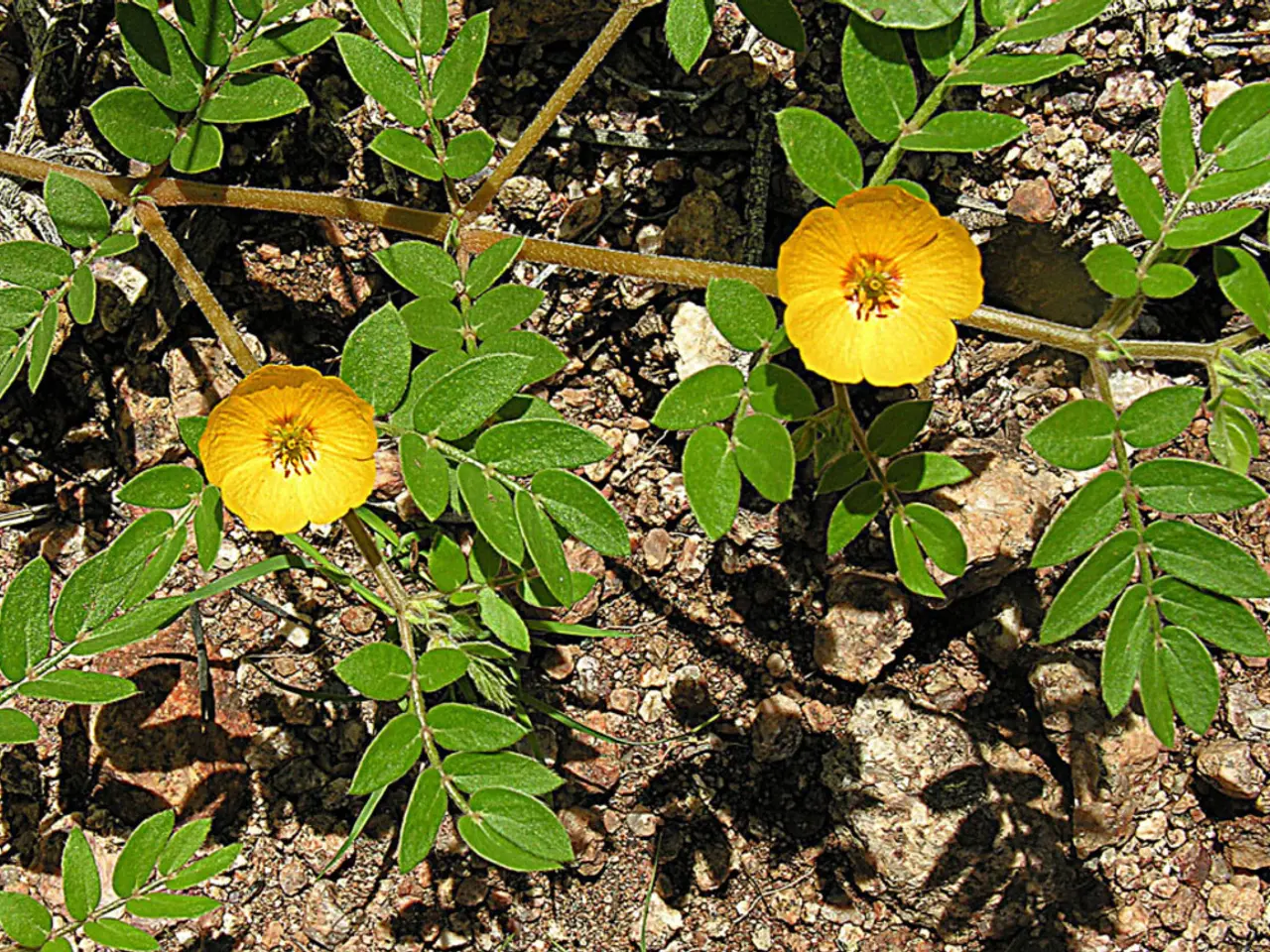Bonsai Tree Shaping through Pruning: Choosing and Eliminating for Aesthetic Balance
In the world of bonsai, pruning is a fundamental practice that not only shapes the tree's unique form but also promotes its health and longevity. Here, we delve into key principles for selectively pruning bonsai branches to achieve visual harmony and refine the tree's silhouette.
Pruning for branch direction and bifurcation is essential. By cutting just above buds at the base of leaves, you encourage growth in the desired direction, allowing side branches to develop for fullness and natural branching structure. Leaving two buds when pruning promotes bifurcation, creating multiple branches from one node, enhancing ramification and overall visual complexity.
Removing dead, damaged, or unwanted branches is crucial for maintaining tree health and structural balance. This prevents energy waste and pests while allowing the tree to channel resources into better-positioned branches, improving the tree’s shape and visual harmony.
Cutting for silhouette and style involves choosing pruning points that maintain a balanced and natural silhouette, carefully shaping the tree’s outline. This involves removing branches that disrupt the intended form and encouraging growth where branches will enhance the overall composition.
Leaf and needle pruning can refine branch development. Leaf pruning helps reduce leaf size and stimulates fine branching closer to the trunk, sharpening the silhouette and improving branch density. For pines and other conifers, summer pruning techniques like needle plucking and candle cutting help manage foliage pads and encourage backbudding.
Prune according to branch pattern. For trees with alternating leaf patterns, prune above the leaf on the side where you want new growth to direct; for opposite leaf patterns (like Japanese maples), pruning above the node encourages two new branches to grow, allowing better control of branch placement.
Regular pruning is vital for a bonsai tree's health and aesthetics, with pruning every 1-2 weeks during the growing season and every 4-6 weeks during the dormant season. Adjust pruning techniques according to the tree species, taking into account its growth patterns and responses to pruning. Pruning for seasonal change is crucial to maintain the tree's longevity and vigor.
Young bonsai trees can be pruned to establish a strong foundation, promoting healthy growth and encouraging a balanced structure. By consistently applying these methods, you develop a harmonious and refined bonsai silhouette that respects the tree’s natural growth patterns while shaping it artistically.
In summary:
| Objective | Pruning Tip | |-------------------------|-------------------------------------------------| | Encourage branching | Cut above two buds to promote bifurcation[1] | | Remove dead/damaged | Cut near branch base, remove completely[3] | | Control branch direction| Prune on side of desired growth for alternating leaves[1] | | Refine silhouette | Remove branches disrupting form, manage foliage density[2][5] |
By following these principles, you can selectively prune bonsai branches for visual harmony and refining the tree’s silhouette, ensuring the preservation of its natural form and artistic appeal.
When focused on home-and-garden tasks, gardening techniques like pruning can greatly improve the lifestyle of your bonsai tree. Pruning above two buds encourages bifurcation, creating more branches for a fuller, natural branching structure in your home, just as pruning tree branches outside your home can help maintain structural balance and visual harmony in your garden.





